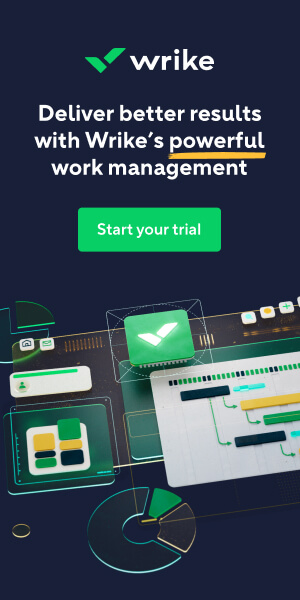In project management, a Proof of Concept (POC) is an evidence-based project presented to a client as confirmation that a proposed project or product will perform as intended upon completion.
What is a Proof of Concept For?
You will often use a proof of concept when pitching your projects to investors or potential clients. They are also useful for determining how difficult to ascertain the scope, budget, or timeline of a project is. Drafting a proof of concept will often be the deciding factor when deciding if a project is worth executing or scrapping. A proof of concept is going to be the strongest argument you can make for yourself and your team before heading back to your worksite and pushing toward the finish line.
A proof of concept can be as complex as a greenscreen mock-up of an otherwise expensive location shot or a short film. They can also be as simple as a slide deck presenting your product research in the form of an authoritative argument. Specifically, a proof of concept is an evidence-based project executed to demonstrate the viability of a proposal with the intention of taking said proposal into the final stages of development. Project managers use a proof of concept after substantial periods of ideation and planning. The relatively reduced scope and budget of a proof of concept are not reflective of the amount of time you should spend on your research and planning beforehand.
Proof of Concept vs. Demo
At first glance, a proof of concept and a demo seem like the same things. However, the two are not interchangeable. Project managers will use demos to give form to the earliest iterations of an idea. A demo is used for the broadest possible pitch. A demo is your opportunity to net the green light and the budget you need to realize a project at its most ambitious. You should not reach for a demo in the intermediate or late stages of a project, these will be used more in the early stages of development.
Contrast this with a proof of concept. A proof of concept is evidence-based. This is where you will employ the results of your market research and focus group feedback.
A proof of concept may also incorporate some aspect of compromise between the initial vision for the project and what is actually possible. This proposed solution is called the Minimum Viable (MVP). and reflect the outcome of the project with an MPV.
Minimum Viable
On occasion, you may need to sacrifice the final scope of your project when producing a proof of concept. You may discover bumps in the road that your demo was incapable of surfacing on its own.
A minimum viable product (MVP) contains aspects of both a demo and a proof of concept. The minimum viable product is a more concrete representation of your ideal end product that takes into account the current timeline of a project and the resources currently available.
It may be the case that midway through a protracted task, a project manager will discover that a fully-featured version of a product is out of reach within their current budget or timeframe. Your MVP will take this realization into account and, together with your team, you will conceptualize a version of your end product with its minimum required features and presentation.
Your demo for a point-of-sale system may have included inventory search functionality and in-app 1-click restocking features, for example. However, the MVP for said point of sale application would include simply the ability to process transactions and document sales. You shouldn’t start considering a minimum viable product until your product owners are on board with the demo and your roadmap has been well-established. You should be using an MVP as your project’s north star. You may not have to produce a physical prototype for your minimum viable product, but it is always a good idea to work with your team to establish what an MVP looks like before rolling up your sleeves to get to work.
How to Develop a Proof of Concept
- Determine the scope of your finished product
- If you have already developed a demo before reaching this phase of your project planning, then you and your team will already have a finished product in mind. If not, this is the time to nail down the project’s scope and schedule.
- Gather data relevant to your finished product
- If you’re creating a product that will eventually be going to market, then focus groups and market research will bolster your project. If you’re pitching an expensive shot for an ad, then expenses and an appropriate budget will act as your data points. Whatever it takes to make your case, as strong as possible should be considered in the data-gathering phase
- Determine the form your proof of concept will take
- Your proof of concept does not always need to take the form of a miniaturized version of your finished product. In many cases, an evidence-back presentation of your project plan with a well-established timeline is enough for a proof of concept. In others, you may need to shoot a stripped-down iteration of your ambitious Super Bowl spot. If you’re in the tech world, then detailing the infrastructure your team is building and proving the technology will work will the be route you need to take.
- Get ready to get to work
- A proof of concept will never be as labor-intensive as your final project, but don’t forget that developing one still takes time and research. Factor the development time into your project plan, work with your team the same way you work with them during your final sprint, and take pride in the POC you’re developing.
Remember why you are developing your proof of concept. This is a process for refining your production plan and determining the viability of your project. A proof of concept is an exercise in understanding your own limitations and reigning in your scope. This process requires that you and your team are honest about your time and available resources. Let the proof of concept guide you to the most effective route to the finish line, and use it as a stepping stone toward the finalization of your product as early as possible.












